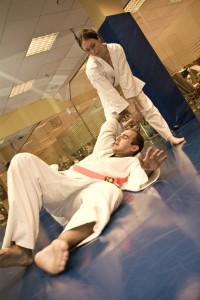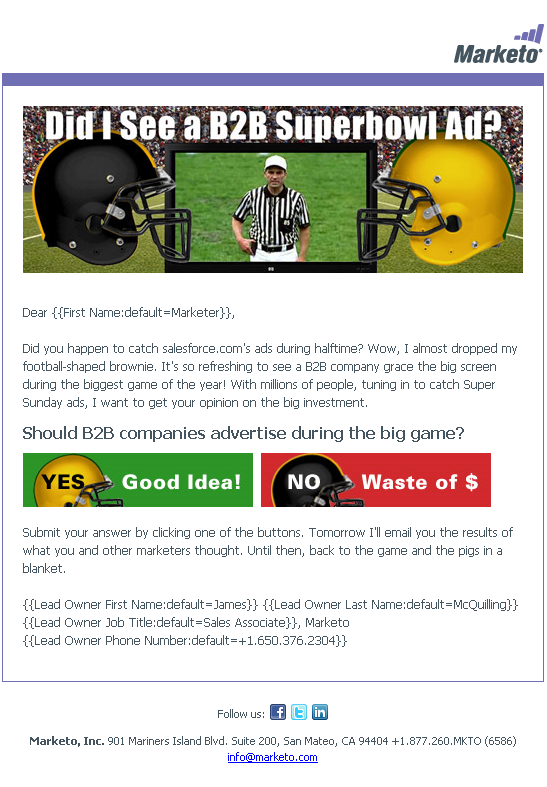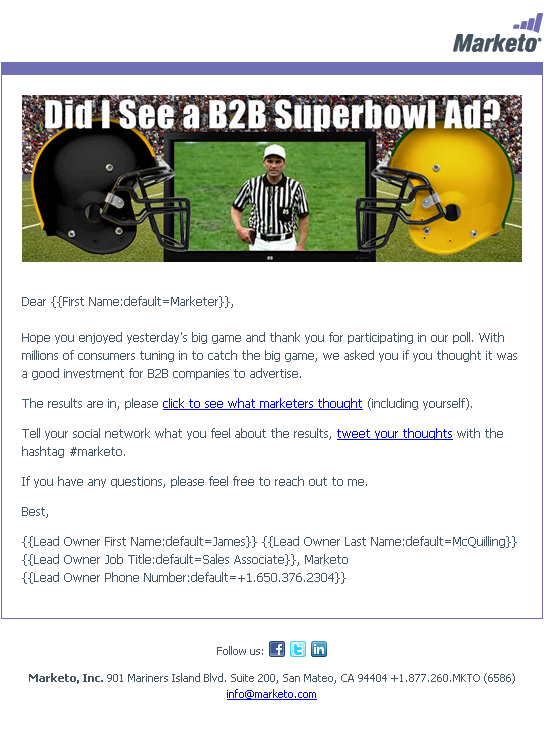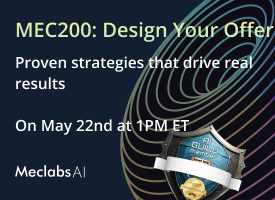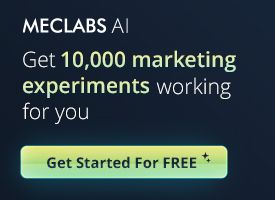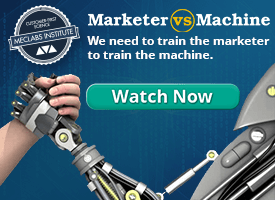Loyalty Marketing: How to get customers to stick around (and keep buying)
What is going on in this picture?
A. Their flights were canceled and all the hotels are booked up, so they’re camping out on the street for the night.
B. They are pioneers of the latest fad – urban camping.
C. They represent a new demographic – homeless yuppies. They bought a McMansion that was foreclosed on, yet took all the nice gear they bought at REI and now are forced to use it merely to survive.
D. They are the natural consequence of some very impressive loyalty marketing.
The answer, of course, is D. They are camping out, on line at the Fifth Avenue Apple Store to be one of the first few people to buy an iPhone.
Polish toilet paper and well-designed telephones
“I remember once, a relative in France sent us three rolls of toilet paper. We couldn’t believe how soft it was. We were in heaven,” my colleague, MECLABS Research Manager Zuzia Soldenhoff-Thorpe told me recently. She grew up in Communist Poland, and her parents would wait in line for six hours in the Polish winter just to buy toilet paper. Scratchy, rough toilet paper. Not the fancy French stuff.
And that is understandable. Toilet paper is a necessity. Communist Poland rationed it.
But what would drive otherwise rational people in the world’s richest nation to wait in line for a telephone? Well, loyalty. In their view, they have solidarity with the brand.
So, what are the benefits of creating solidarity forever with your customers?
The value of a loyal customer
“A loyal customer is less price-sensitive and nearly immune to competitive entreaties. A loyal customer is often open to trying line extensions. Finally, a loyal customer is much more willing to forgive your inevitable small fumbles. (Does anyone seriously think Apple is going to lose core customers because iPad production delays due to the Japanese situation? Not likely.),” said Micah Solomon, author of “Exceptional Service, Exceptional Profit.”
On the other hand, sometimes customer acquisition costs are so high that you need loyal customers just to break even. “It is estimated today that a large credit card portfolio has an 18-24 month window to repay the initial acquisition cost of that customer. Without loyalty and engagement you are losing money on every acquired customer,” said Mark Johnson, CEO, Loyalty 360 (the Loyalty Marketing Association).
A few data points to consider:
- It is six to seven times more costly to acquire a new customer than retain an existing one
- Brand advocates recommend and share products two to four times more than the average consumer
- 60 percent of customer who hear of a positive (or, in fairness, negative) experience will change their buying habits
- Over three years, customers referred by online grocery shoppers spent an additional 75 percent of what the original shopper spent
Of course, to benefit from that, first you must get the referral, and then you must keep them as customers for that long…
How to win and keep loyal customers
So, how do you instill loyalty? If your target audience is a dog, the answer is easy (Tummy Yummies). If, however, your audience is the jaded, savvy, demanding, rapidly evolving, skeptical, fickle, streetwise, cynical modern consumer, what then?
That’s no easy question to answer. So, I passed it around to a few industry leaders to see what advice they could give you to help you foster loyalty in your customers…
- Be transparent – As Dr. Flint McGlaughlin, Managing Director, MECLABS says “Tell me what you can’t do, and I might believe you when you tell me what you can do.
- Be accessible – “Make your company extremely easy to reach via your marketing materials and correspondence,” Micah Solomon said. “Don’t – if you can avoid it – send out mass emails from a ‘do not reply!’ address; either have the address accept replies or have it extremely clear how to easily reply through an alternative mechanism.”
- Deliver a rewarding experience, not just “rewards” – “Loyalty is MUCH bigger than just points, it is expanding to the process, techniques, software, ideas, communication mediums and interactions that create and engender engagement and loyalty. It is NOT ABOUT POINTS anymore,” Mark Johnson said.
- Step out of your shoes – “You cannot treat others as you would like to be treated. Instead, you must identify what they want and treat them as they want to be treated,” Bob Lucas, Managing Partner, Global Performance Strategies advised. “Talk to your customers and solicit their opinions and expectations, then build marketing initiatives around them. This individualized approach to communicating with others is more likely to result in greater customer satisfaction, retention and loyalty.”
- Less can be more – “Every day, we are bombarded with messaging from brands trying to hold our attention, and the ability to communicate a relevant, personalized message that appeals to your audience plays a crucial role in engagement and loyalty,” according to Rod Hirsh, Global Director, Brand and Content, Thunderhead. “Establish a baseline of what good communication practices are and make it a policy to exceed expectations. Aim to streamline and cut excessive communication while at the same time creating a better customer experience.”
- Build a relationship, don’t just sell – “Relationships trump product. Anyone will tell you that,” said Andreas Ryuta Stenzel, Marketing Director, TRUSTe. “Sales and Marketing build and own relationships at scale more than almost any customer service organizations, especially these days with the more personal touches that automated nurturing and social media bring to the table.”
Here are a few thoughts of my own as well. And I’d love to hear what you’ve learned as well.
- Be the customers’ advocate – Always ensure your company is delivering true value to your customers, not just a value proposition. You are the one making a promise to your customer with your innovative, creative, out-of-the-box marketing campaigns, so you also better be the one making sure your company comes through on that promise. Of course, that is no small task and likely involves Sales, Product Development, Manufacturing, Customer Service, and many more parts of your organization. But just because you cannot perfectly complete that challenge, doesn’t mean you’re exempt from trying. Or as Rabbi Tarfon said, “You are not required to complete the task, but neither are you free to desist from it.”
- Don’t be shady – As marketers, we are always trying to be persuasive. But, c’mon, there are limits. Dishonest marketing breeds disloyal customers.
- Radiate passion – You can’t expect passion from your customers unless you live it and breathe it yourself. Yes, we’ve all got bills to pay. Yes, we all need a job. But when and if possible, market things you are truly passionate about. Or spend enough time with your customers to understand why they really care about your products. Sure, it’s easy to do this if you’re a Harley enthusiast. But even a VP of Sales and Marketing for an industrial hose company can find a passionate way to communicate with the audience.
Related Resources
The Last Blog Post: How to succeed in an era of Transparent Marketing
The Last Blog Post: Marketers must embrace change
PPC Ad Optimization: Testing, unique landing pages, and honesty
Good Marketing: How your peers brought joy to the world (and their boss)
Photo attribution: mikemariano










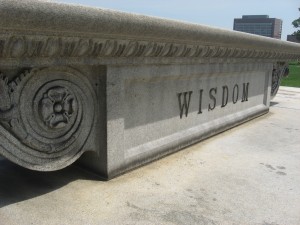 At MECLABS, we’re constantly trying to learn more about what really works in marketing. Through research. Through reporting. And by simply asking marketers like you.
At MECLABS, we’re constantly trying to learn more about what really works in marketing. Through research. Through reporting. And by simply asking marketers like you.